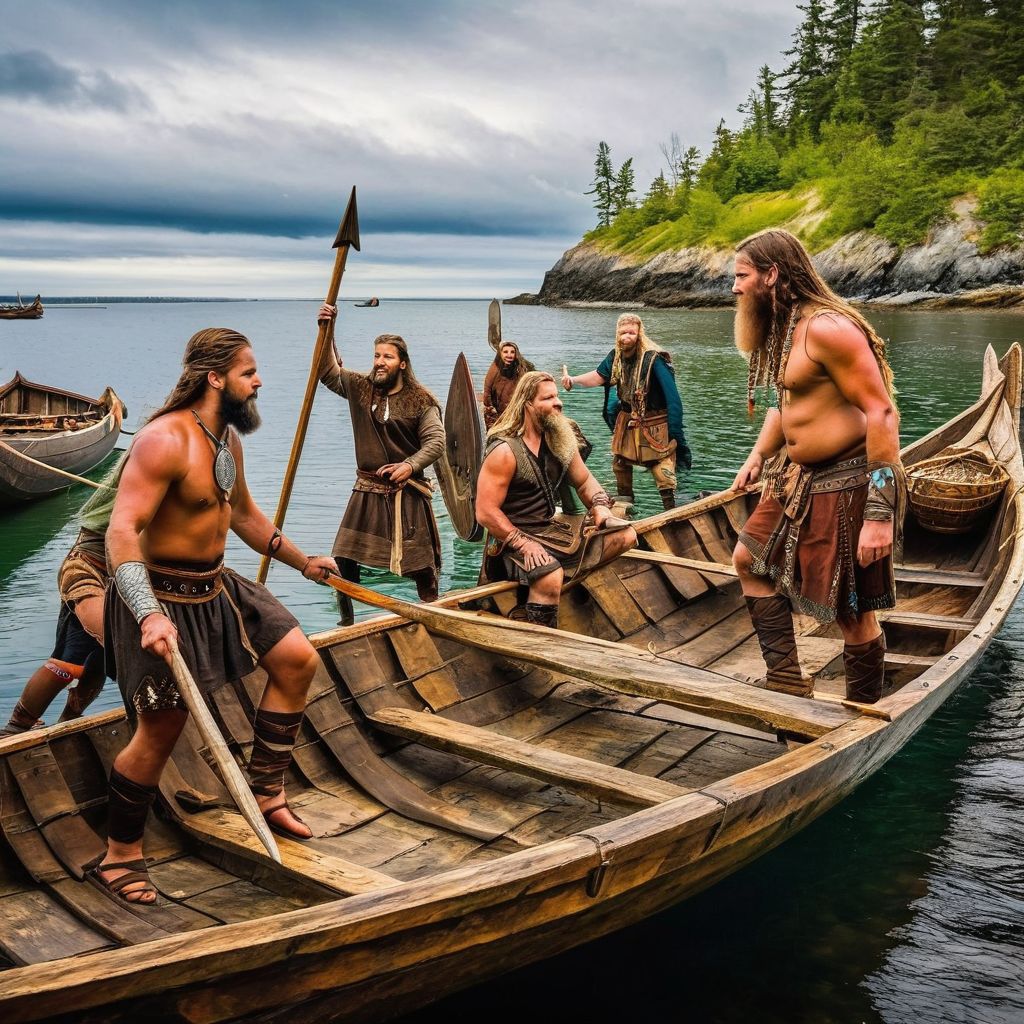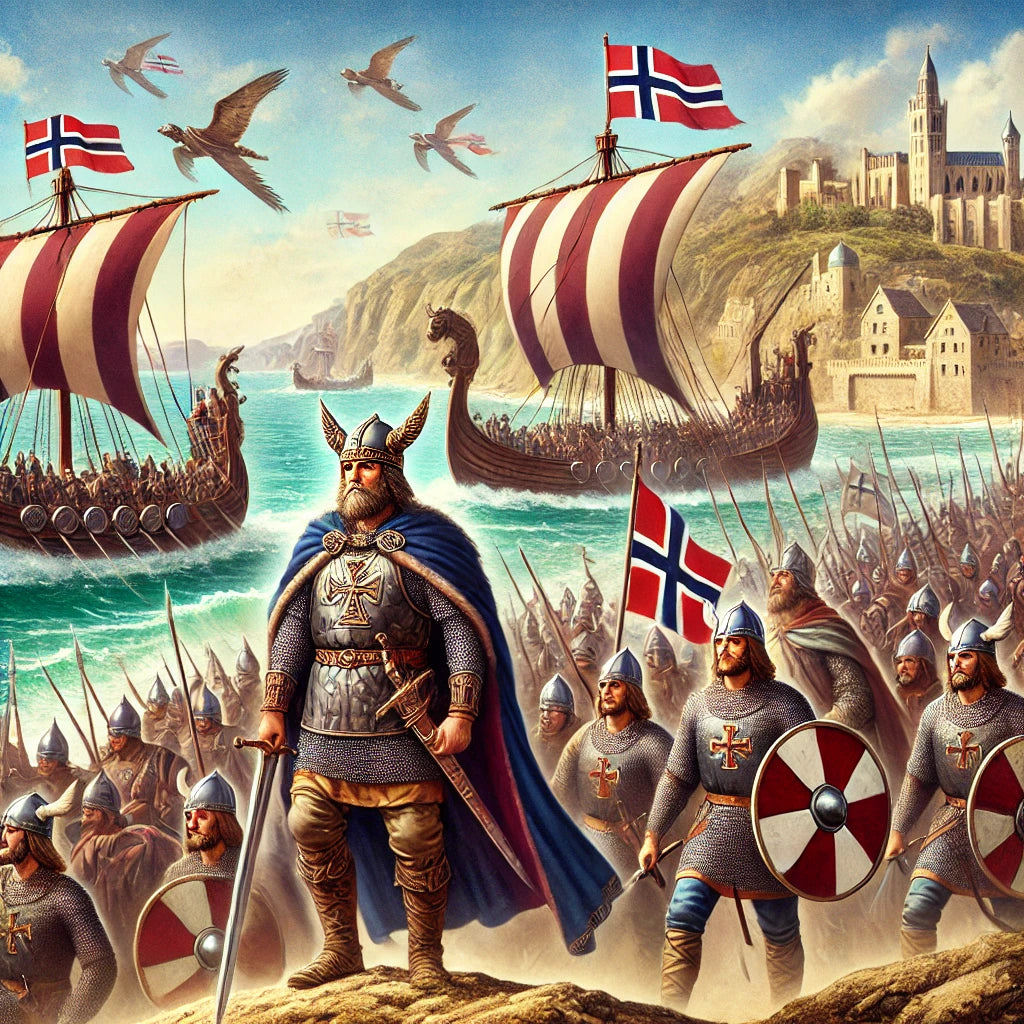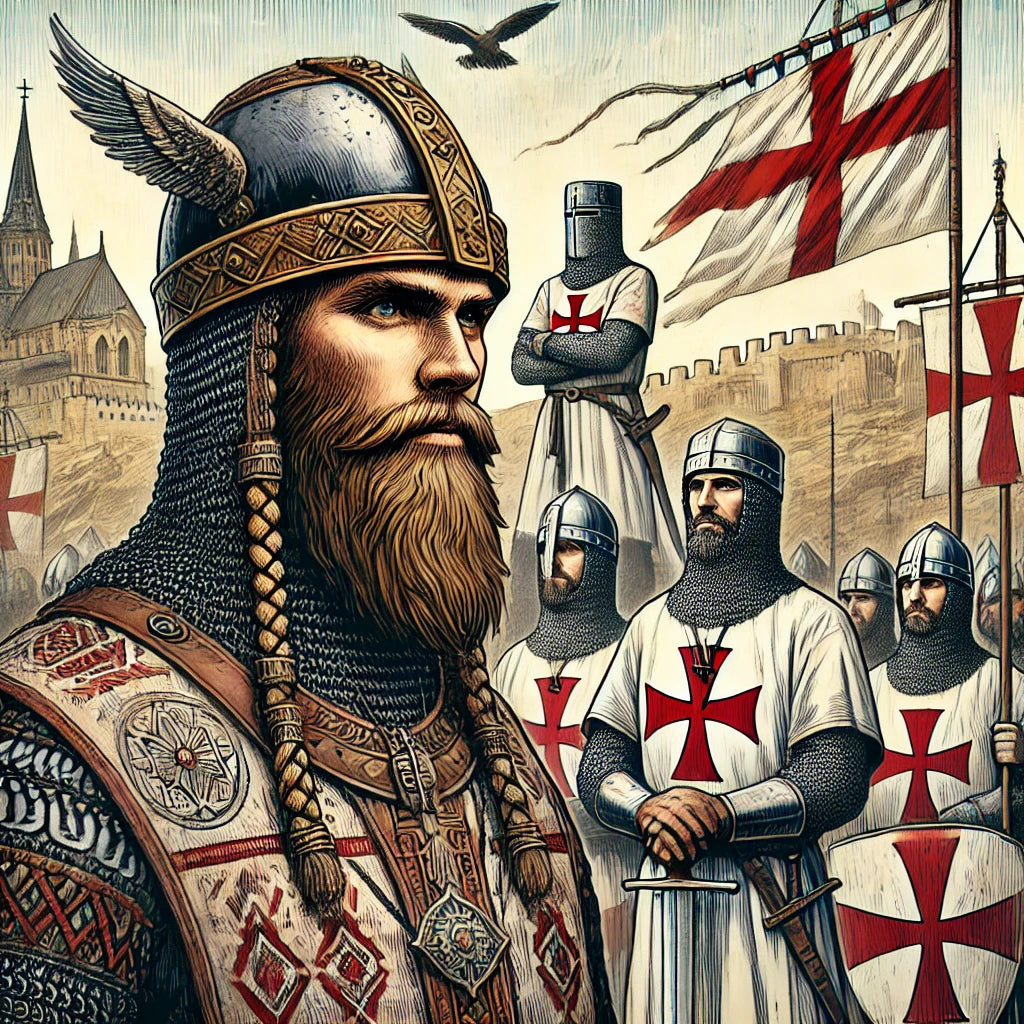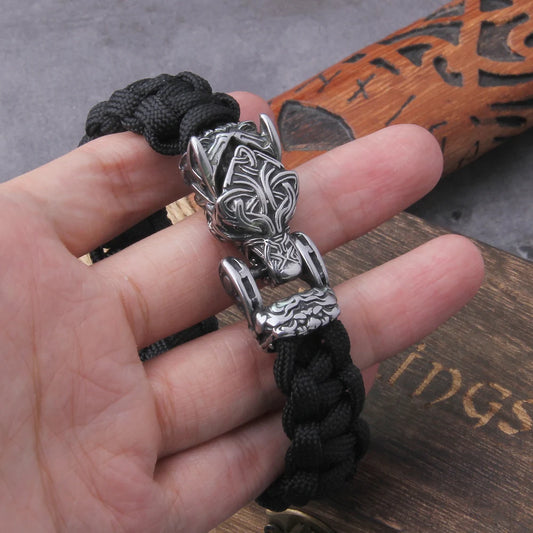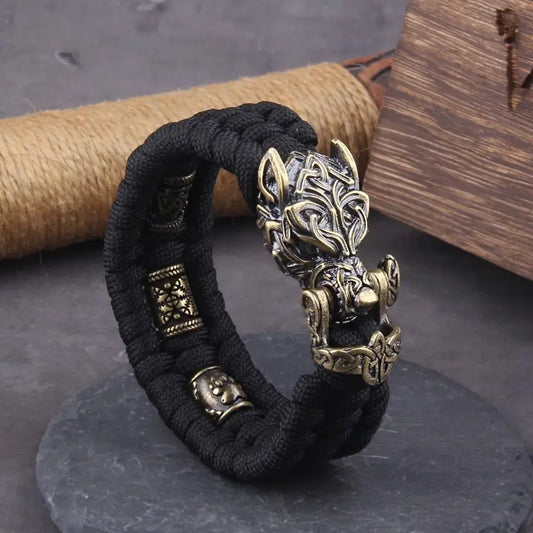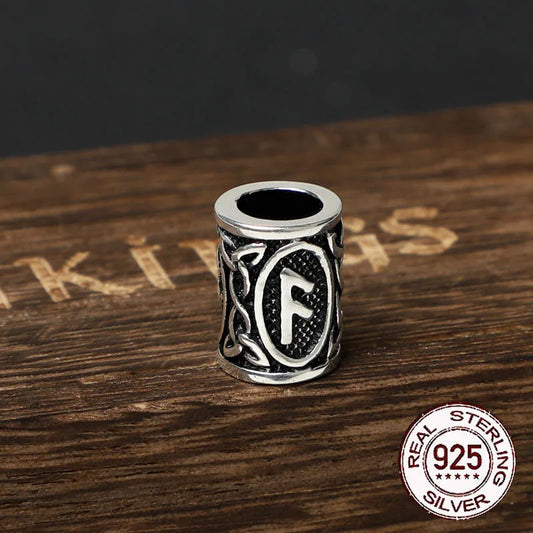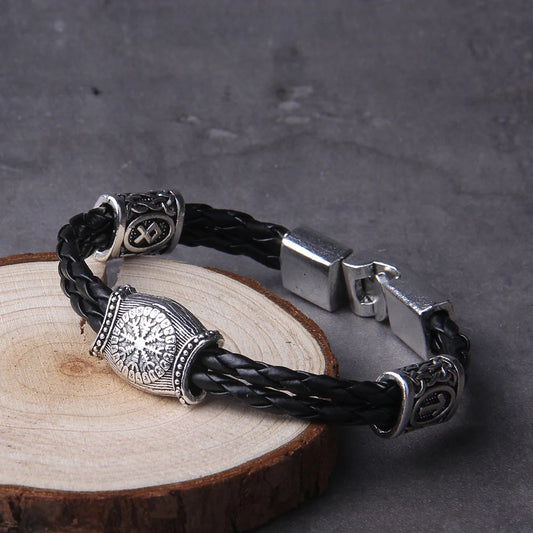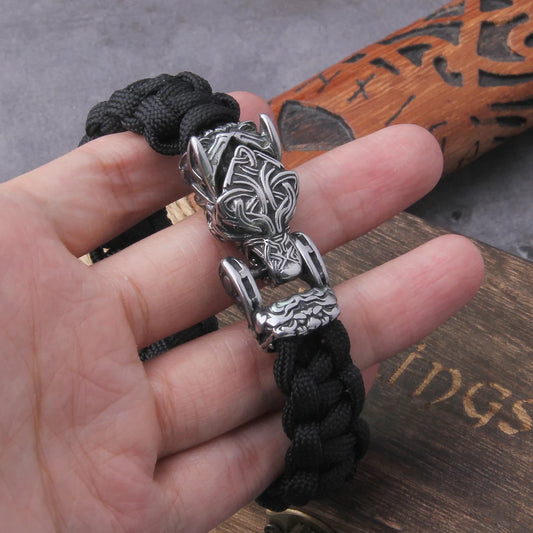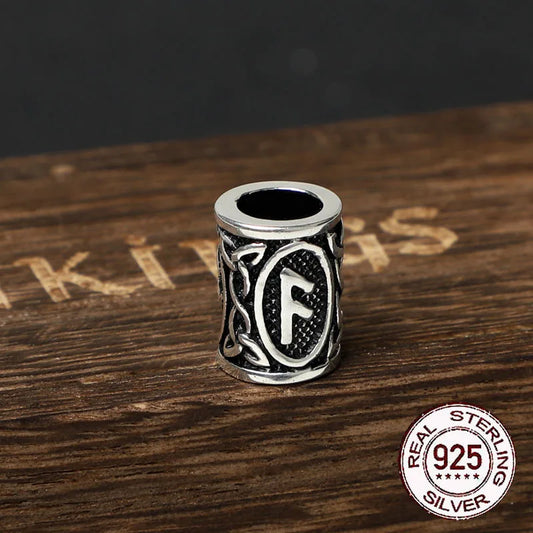Asatru is a movement within Norse and Germanic native faith, based on beliefs contained in Norse mythology, whose world of gods is represented by the two dynasties of Aesir and Vanir.
It is an attempt to recreate the beliefs dominant in Northern Europe before the adoption of Christianity and is recognized as a neo-pagan religion.
Etymology of Asatru
The name Asatru, originated in the 19th century, is derived from Icelandic (very close to Old Icelandic) and is a compound of two words.
The first refers to one of the aforementioned groups of gods, the Aesir, while the second is a word used to denote "religion" or "belief". Although there was no word with this meaning in Old Norse, and trú (or tro) meant rather "truth" or "loyalty".
Other terms used are heiðni, meaning literally "paganism", forn Seidr, meaning "ancient customs", or "Odinism".
Ancient religion
Information on the ancient beliefs of the inhabitants of this part of Europe is fragmentary and sometimes contradictory. Important sources of knowledge are works of Icelandic literature such as the Edda and the sagas, which were written between the 12th and 14th centuries.
Some information is provided by studies of contemporary folklore and archaeological findings, as well as comparative studies of other pre-Christian religious systems in Eurasia: the mythology of the Celts, Greeks and Romans, and early Hinduism.
Modern beliefs
Due to the suppression of the old faith by Christianity, modern followers of Asatru have wished to reconstruct them. Their followers are usually classified as neo-pagans, although many reject this label. Beliefs and rituals are reconstructed on the basis of historical records, especially those transmitted through literary works. Due to the scarcity of this material, they may vary among different groups and individuals.
These beliefs, which had virtually disappeared for many centuries, began to revive in the 19th century during the Romantic period. The first organized groups of believers appeared in Germany in the early 20th century. Several of the earliest members of the Nazi party were members of the Thule Society, which was dedicated precisely to the study of Germanic antiquity.
The second revival came in the 1960s and 1970s. This is when Asatru was recognized as an official religion by the Icelandic government. This occurred in 1973, largely due to the efforts of Sveinbjörn Beinteinsson. Around the same time the first such movements appeared in Canada (with the magazine "The Odinist") and the United States (most famously the Asatru Folk Assembly).
The belief in Odin also appeared in Great Britain. Followers of Asatru can be found practically all over the world, although it is most popular in Western Europe and Scandinavia, as well as in North America, Australia and New Zealand. In Poland, an informal group called Asatru Polska and kindred called Wilcza Rodzina has been operating since 2010.
Asatru religious associations are generally organized on democratic principles, inspired mainly by the Germanic forms of decision-making in the form of Thing assemblies, or assemblies of all free members of the community. Individual rights and freedom of speech are important elements. At the same time, there is no central authority, especially since most of these groups are rather small and divided.
Meaning of Asatru
These are polytheistic beliefs - they involve both the belief in and worship of many gods and goddesses (on an equal footing), spirits, and ancestors - and thus are beliefs that bind their followers to both their ancestral origins and their native land.
This does not mean closure only for people of Scandinavian descent. The idea of connection to roots is important here. The problem for "outsiders", however, is the lack of customs - which have yet to be created in the first generation, unlike people who live with the given beliefs and customs from generation to generation, even if they do not call it a faith.
These are reconstructionist beliefs - in general - because they assume the recreation of customs and cults of religions and beliefs from the areas of Europe considered extinct today (not entirely rightly) as a result of its Christianization.
These beliefs are considered a religion of nature, in the sense that their followers feel part of nature. They do not reject technological achievements, but try to live in harmony with nature and its laws, coexisting with it, not just exploiting it.
They do not claim "absolute truth" or the only right religion or belief system for the world. Nor are they in any way a centralized religion - there are many clans whose customs may differ, just as the customs of individual tribes differed in the past.
They believe in a form of destiny with elements of determinism called Wyrd, which in their case does not mean a passive surrender to the course of things, so it is not tantamount to fatalism.
A certain essence of these beliefs is also the belief in a higher, unspecified force, which is interrelated with them and of which they are also a part, and which, among other things, takes the form of gods and goddesses, both gods and spirits being treated as real entities, which, even if invisible, are perceptible.
The mental images of these entities constructed in myths and legends are meant to bring us closer to understanding them and our relationship and interactions with them.
Everything interacts with everything, creating a whole. Honor is paid to deities not only in the form of rituals, but through one's entire life - the way one conducts oneself and upholds rules.
The relationship between the followers and the gods is also not submissive, as the latter are not treated as absolute rulers, but rather as more powerful members of a particular clan. T
here is no belief in sin or the inherent guilt of man, so there is no need to expect any reward after death, but there is the idea of an afterlife, where those who live according to the rules will meet members of the clan and live together, and those who disobey the rules will be excluded from the clan and live alone in a foggy and boring void.
Reincarnation within the family line of a clan is also possible to a limited extent. There is no book that can be compared to the Bible - there are written texts containing myths and messages, but none of them are considered revealed.
Only two sources of knowledge about the world are recognized - the first is the world itself, revealing its laws. The second is wisdom and knowledge (including instinct, hunches, behavior, etc.) inherited from ancestors.
The combination of these two sources with historical texts (Eddas, Sagas, runic inscriptions) and scientific interpretations of contemporary archaeological findings on life and death of ancient Germanic peoples gives the possibility to shape the worldview and attitude to life.
Finally, the most important - the principles guiding the Heathens: courage, honor, the importance of family and origin, strength, freedom, loyalty to the clan and a joyful and full of experiences life. They do not have the meaning of dogmas or commandments, however they are certain lifestyle recommendations.
The Nine Noble Virtues
The Nine Noble Virtues are a collection of moral advice written by John Yeowell (a.k.a Stubb) and John Gibss-Bailey (a.k.a Hoskuld) in the 1970s.
They are based on the virtues of historical Nordic paganism, collected from a variety of sources, including the Poetic Edda (especially Havamal and Sigrdrífumál), and the Icelandic sagas):
- Strength is better than weakness.
- Courage is better than cowardice.
- Joy is better than guilt.
- Honor is better than infamy.
- Freedom is better than bondage.
- Kinship is better than alienation.
- Realism is better than dogmatism.
- Fortitude is better than lack of spirit.
- Origins is better than universalism.

